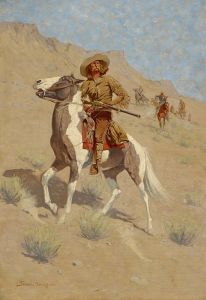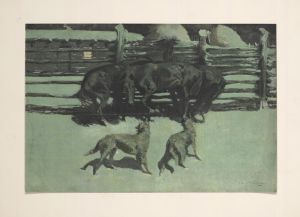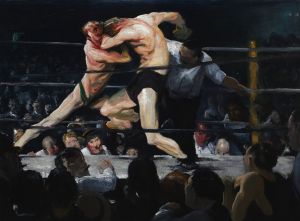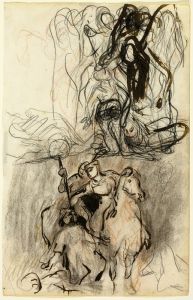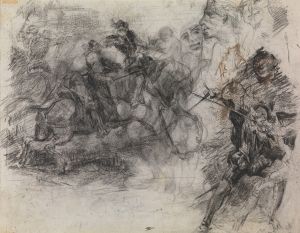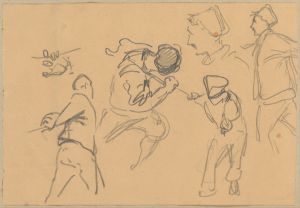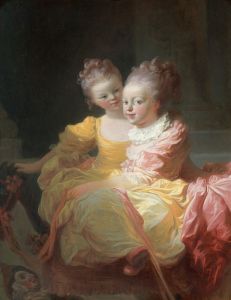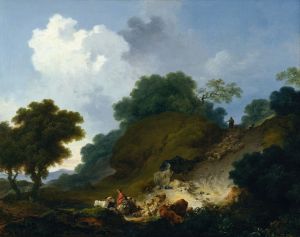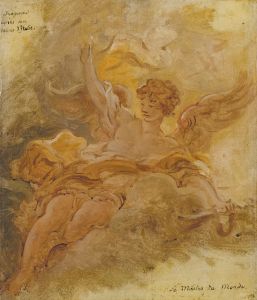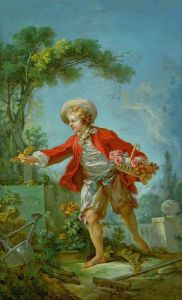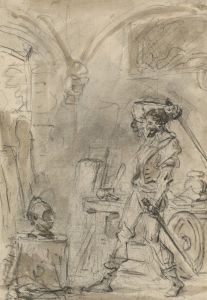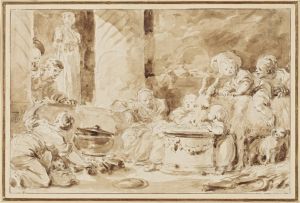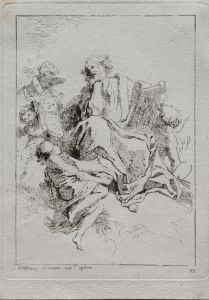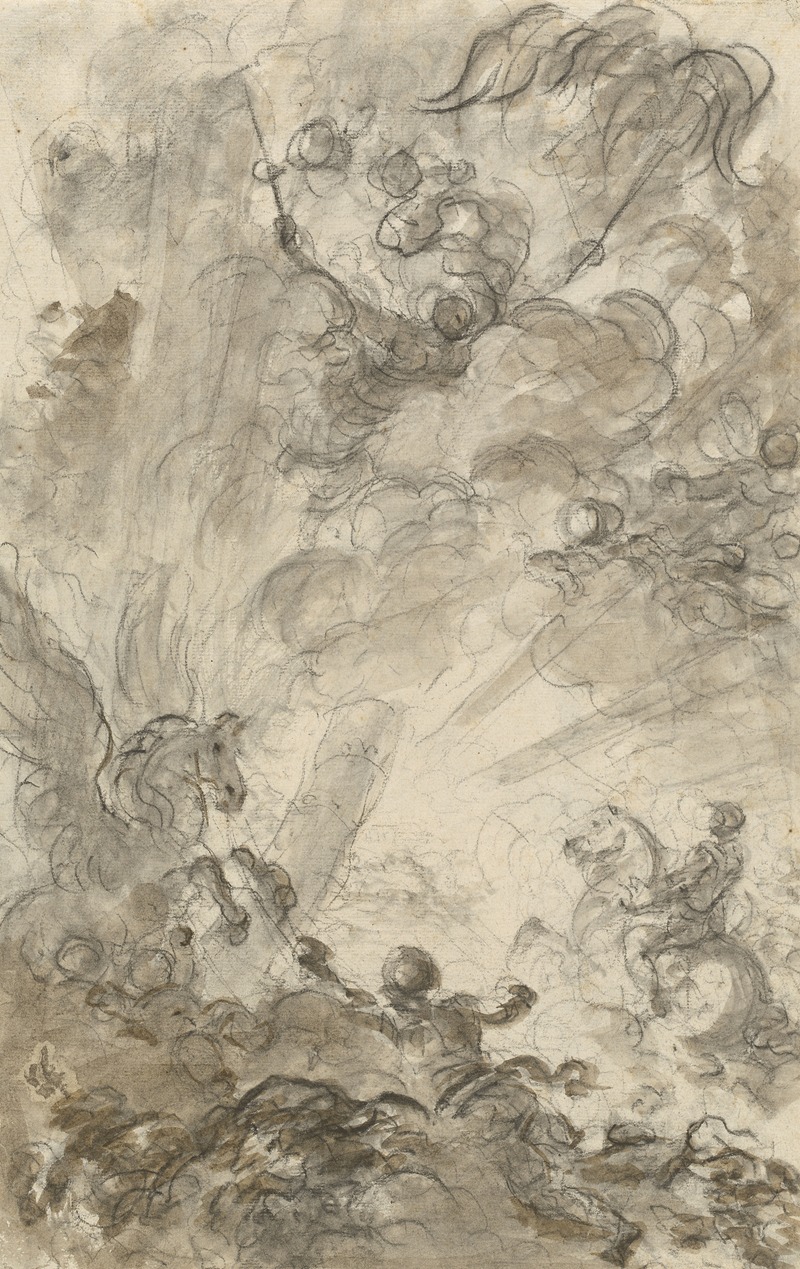
Bradamante Tries to Catch Hold of the Hippogryph
A hand-painted replica of Jean-Honoré Fragonard’s masterpiece Bradamante Tries to Catch Hold of the Hippogryph, meticulously crafted by professional artists to capture the true essence of the original. Each piece is created with museum-quality canvas and rare mineral pigments, carefully painted by experienced artists with delicate brushstrokes and rich, layered colors to perfectly recreate the texture of the original artwork. Unlike machine-printed reproductions, this hand-painted version brings the painting to life, infused with the artist’s emotions and skill in every stroke. Whether for personal collection or home decoration, it instantly elevates the artistic atmosphere of any space.
Jean-Honoré Fragonard's painting Bradamante Tries to Catch Hold of the Hippogryph is a work attributed to the celebrated French Rococo artist, known for his dynamic compositions, vibrant use of color, and playful yet dramatic themes. The painting depicts a scene inspired by Ludovico Ariosto's epic poem Orlando Furioso, a cornerstone of Renaissance literature that was widely admired in 18th-century Europe.
In this particular scene, Bradamante, a female knight and one of the poem's central characters, attempts to seize the mythical hippogryph, a fantastical creature that is part eagle and part horse. The hippogryph is a symbol of both freedom and the unattainable, often associated with the poem's themes of love, chivalry, and adventure. Fragonard's interpretation captures the energy and tension of the moment, with Bradamante's determined figure juxtaposed against the wild, untamed nature of the hippogryph.
Fragonard's style in this work reflects his mastery of movement and emotion, hallmarks of the Rococo period. The painting likely features his characteristic loose brushwork and luminous color palette, which convey a sense of immediacy and drama. While Fragonard is best known for his romantic and pastoral scenes, this work demonstrates his ability to engage with literary and mythological subjects, blending narrative depth with visual exuberance.
The exact date of the painting's creation is not definitively documented, but it is consistent with Fragonard's active period in the mid-to-late 18th century. As with many of his works, this painting reflects the cultural fascination of the time with classical and Renaissance literature, as well as the broader Enlightenment interest in imagination and storytelling.
The current location of Bradamante Tries to Catch Hold of the Hippogryph is not widely documented, and detailed information about its provenance or exhibition history is limited. However, Fragonard's works are held in major collections around the world, and this painting may be part of a private collection or a lesser-known public institution.
This artwork exemplifies Fragonard's ability to translate literary themes into vivid, emotionally charged visual narratives, solidifying his reputation as one of the most versatile and imaginative artists of the Rococo era.





